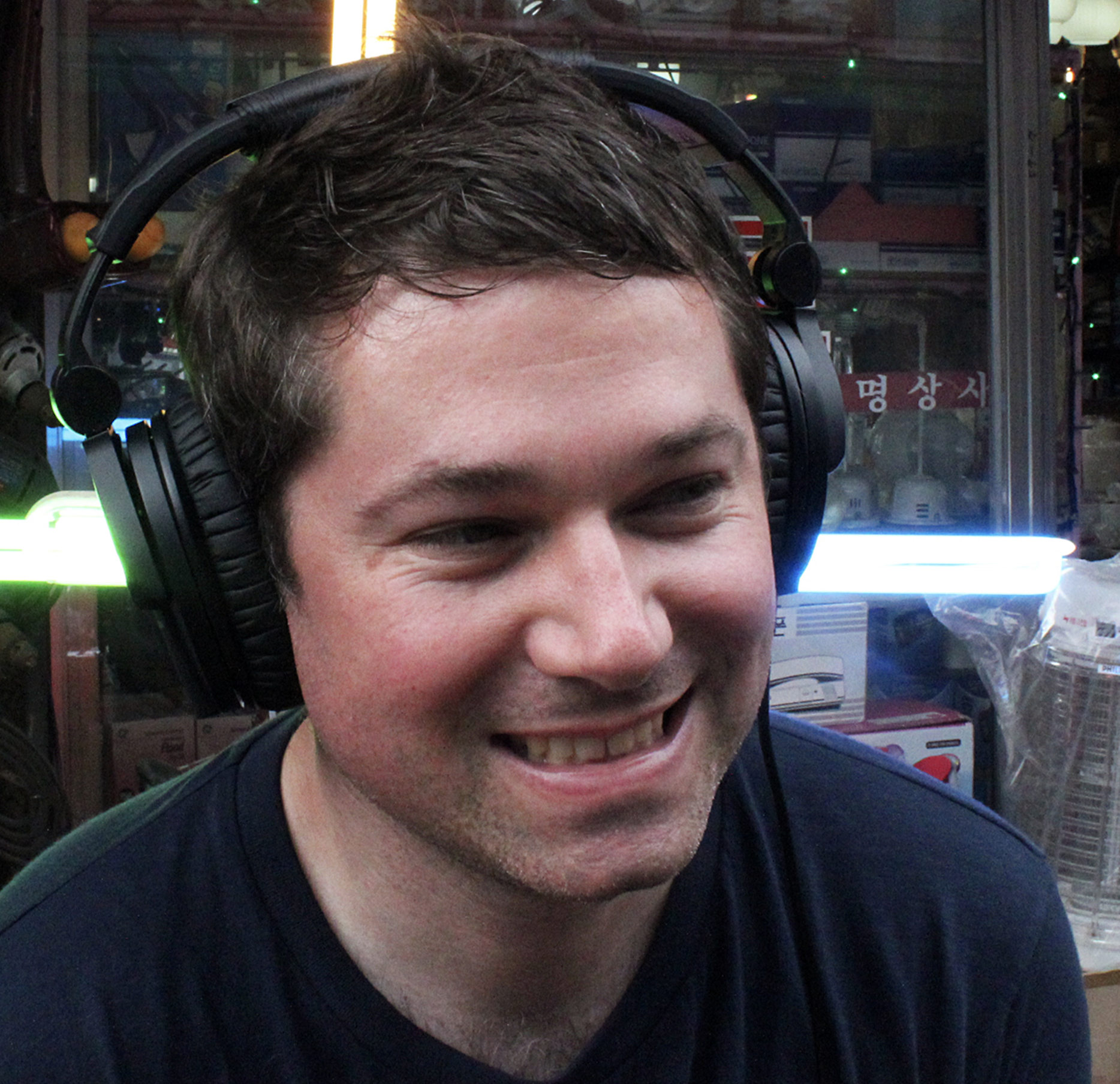“The biggest driver right now is people wanting everything fast”: Predicting the future evolution of plugin design
It's out with hardware replication and in with simplification, with a considerable heap of AI on the side - we ask the experts to foresee the plugin experience of tomorrow
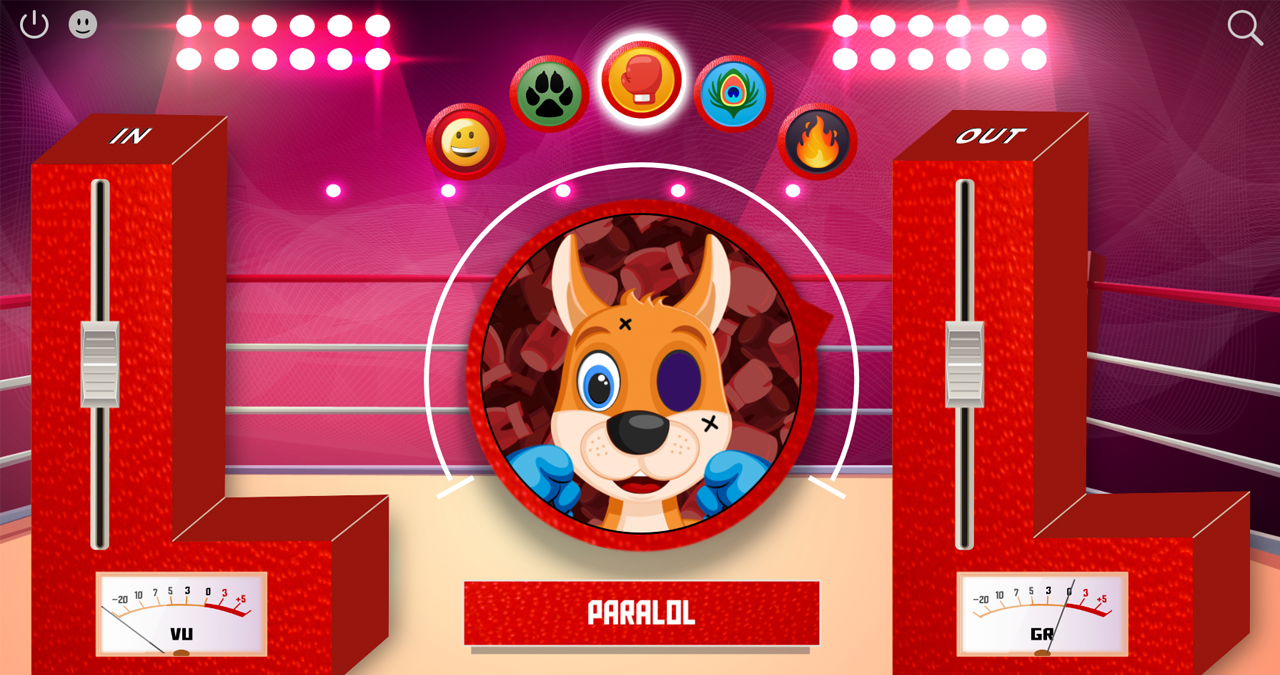
PLUGIN WEEK 2025: Open up the plugin folder in your DAW and take a look at what's in your collection. It’s likely a mix of cutting-edge new instruments and effects alongside a few older applications which have withstood the test of time. The ones that get the job done with no fuss.
You’ve probably already noticed but many plugins being released in 2025 are fairly different from those of 20 or even 10 years ago.
Their look has evolved, with graphical user interfaces (or GUIs) that are less representative of anything you might find in the physical world.
The workflow, or what’s known as the user experience (UX), has also likely changed, with fewer knobs and functions now than in the past.
Plugins are becoming simplified, in other words.
But perhaps simplification isn't the only aspect that will become more normalised as the wheels of time turn on.
To find out where plugin design and workflow are headed, we spoke with a number of industry experts, including developers, to get a sense of how virtual instruments and effects might look in the upcoming decades.
The look of plugins is undeniably changing. While it’s still common to find soft synths and effects that look like the piece of gear they’re emulating, you’re just as likely to find one that bears no resemblance at all to anything physical.
Want all the hottest music and gear news, reviews, deals, features and more, direct to your inbox? Sign up here.
“Even though the Teenage Engineering OP-1 design is already 15 years old, I still get clients sending me its photos as a reference for ‘something modern’,” says Alexander Fundorin, a plugin UI and UX designer who’s worked for UJAM, Musik Hack and Heritage Audio, among many others. “Everybody’s eventually getting back to simplicity of aesthetics.”
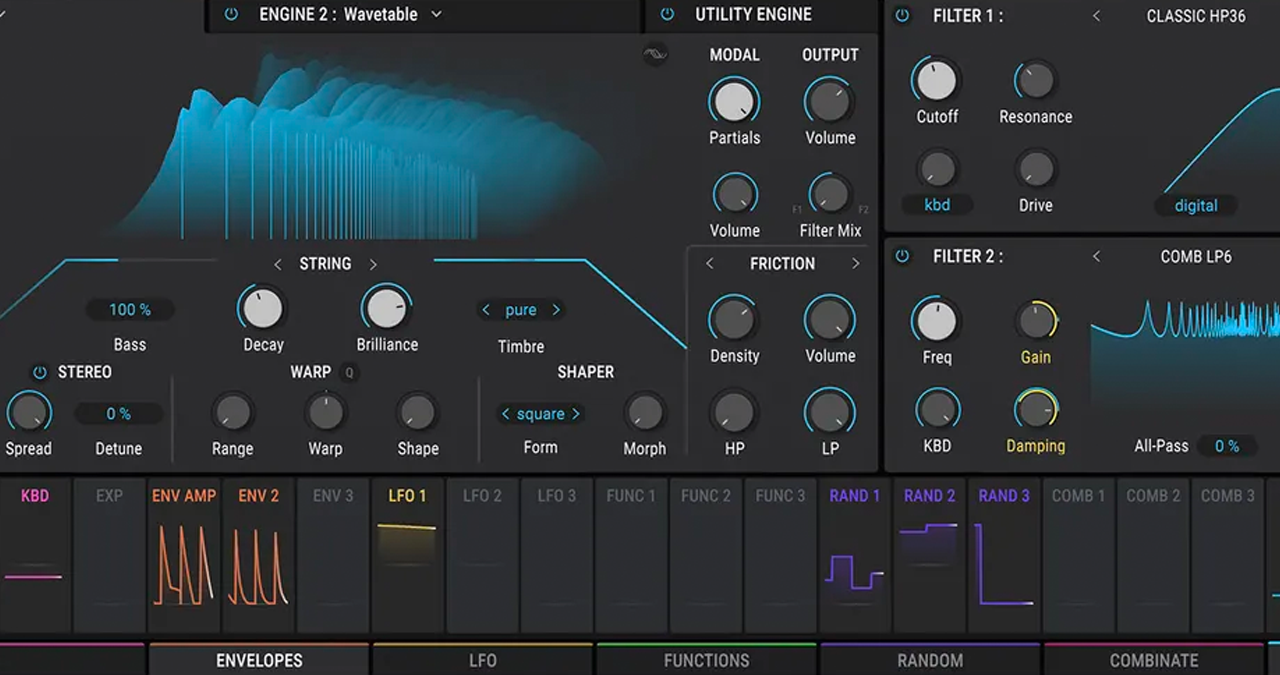
Colton Tollett, a graduate student at the Georgia Institute of Technology involved in a study related to soft synth design, agrees.
“Mainstream digital-native plugins are consciously moving away from traditional skeuomorphic UI elements (graphics that look like a 3D rendering of a physical object), in favour of flat, minimalist styles. Previously, software companies relied heavily on affordances mapped directly from hardware synths. Although the sentiment behind this was to represent the hardware workflow faithfully, the results don't translate well.”
One of the contributing factors could be a change in who’s using the plugins.
“I think the change is largely driven by a broader and more diverse user base,” suggests Tobias Engström, the founder and CEO of Klevgrand, a company has a distinct visual presence that aims to be inclusive and not intimidating.
“More people from different backgrounds, both from other creative fields and completely unrelated areas, have started making music. This has led to traditional design paradigms being challenged, which I see as positive.”
Caspar Bock, the CEO of Baby Audio, concurs, noting that there’s a growing group of plugin buyers that may never have even set foot in a physical music studio.
“As the user base becomes more detached from physical gear, their expectations and preferences for what a plugin should look like shifts too.”
The company’s design philosophy, which avoids thinking of software as 'visualisations of physical gear' on a screen, fits this perfectly.
“More and more plugins have become detached from trying to emulate physical gear, both in terms of sound and looks,” he stresses.
“We're probably fully into the era by now where the most exciting plugins are not emulations anymore but actual new pieces of software gear that do new things.”

One of the more striking plugins of recent years design-wise is LOLCOMP by Mixing Night Audio - a company we spoke to at length about their intriguing design philosophy last year.
A powerful dynamics tool, it also happens to look nothing like what you might expect a compressor to, with bright colours and a cartoonish emoji placed front and centre.
“As an unknown upstart plugin company, I wanted to create something that instantly made you choose ‘is this for me or hell no’,” answers Mixing Night Audio co-founder Ken Lewis when we ask if the LOLCOMP GUI is meant to be polarising.
“Of course, we got a lot of hate from the GUI, as expected,” he says. “And we got a lot of love. The most amazingly eye opening thing about LOLCOMP is that a lot of very high level pros love the GUI.”
In fact, Grammy nominated mixing engineer Ben Thomas got in touch with Ken to throw his weight behind LOLCOMP as opposed to the more traditional-looking ALLCOMP, which you also get when you buy the compressor, saying, “We’re only here for the LOLCOMP UI. Show your clients. Use the cool UI. That's what we're here for.”
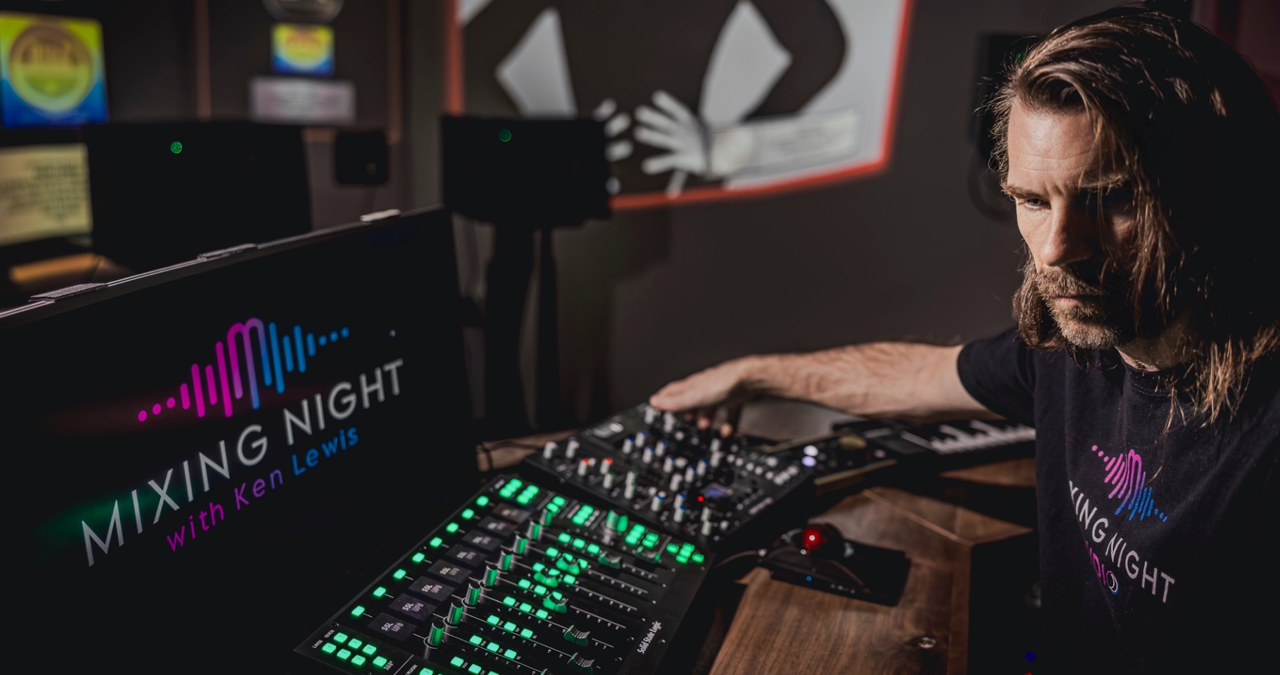
Ken, who was the impetus behind the striking visual look of LOLCOMP, wanted to have something different to look at in a project.
“[Ken said] 'I know exactly what all the gear looks like’” Dom Rivinius, Ken’s partner at Mixing Night Audio, says paraphrasing Ken, remembering that Ken's instruction was ‘I want tools that when I pull them up, they make me smile.’
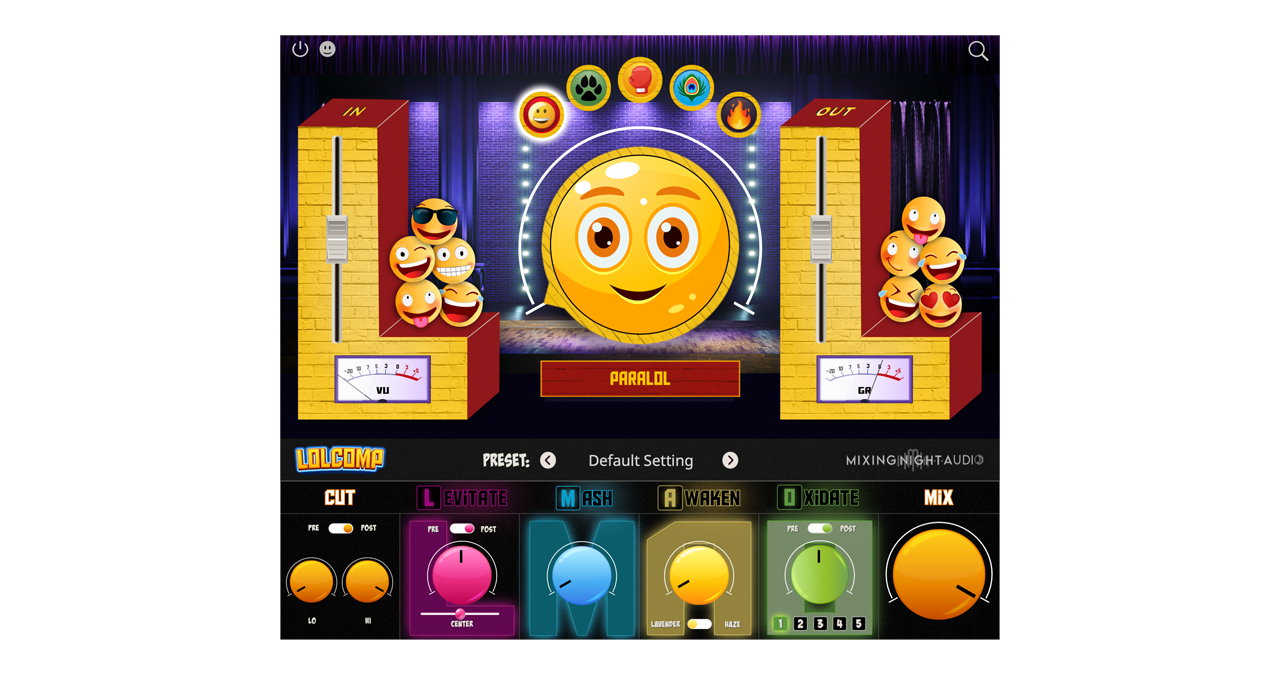
It’s not only the look of plugins that is changing. Workflow is becoming simpler, with many functions getting combined into a few knobs, and more and more happening under the hood.
LOLCOMP does this well. Waves’ One Knob series is perhaps the ultimate expression of this.
In his study, Colton found that most of the people he interviewed placed a reduced cognitive load as a priority when evaluating plugins, finding many of the current plugin interfaces to be overwhelming and mentally exhausting, particularly with those who identified as beginner users.
“Music production plugins represent a delicate challenge,” he says. “They must balance complex engineering with a user base primarily interested in creating and performing without being bogged down by tech.”
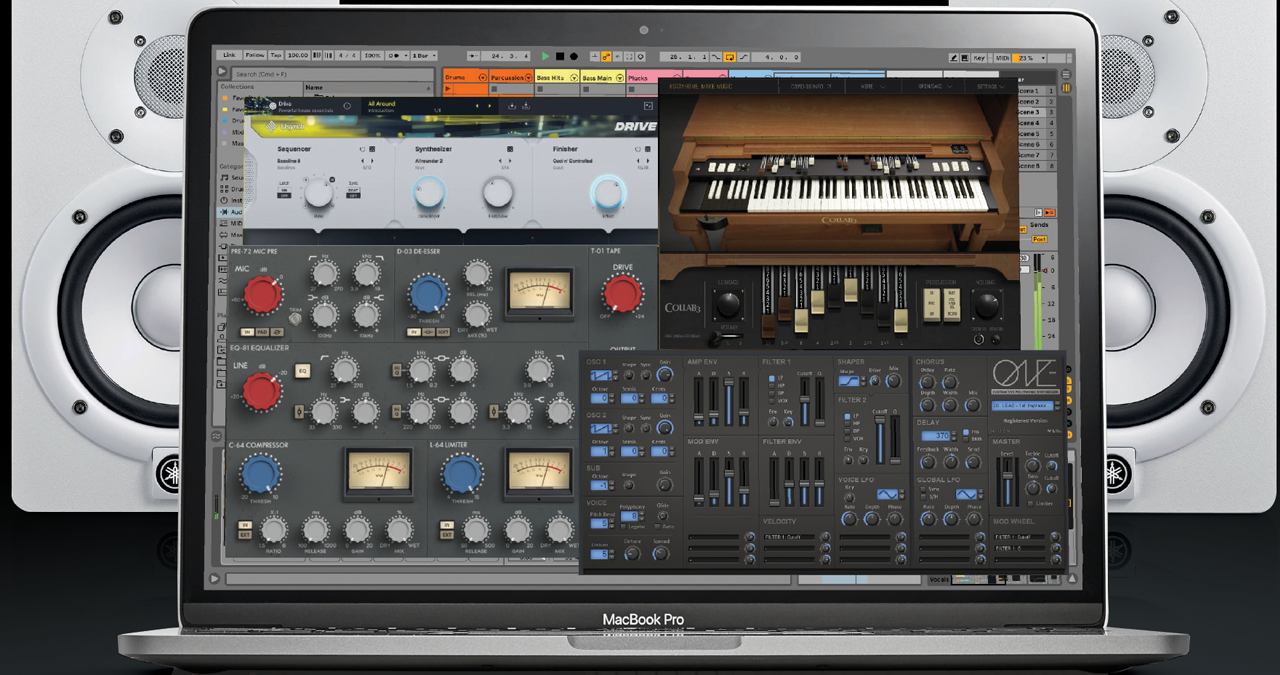
Additionally, more and more people are making music in their free time rather than as a vocation. According to Gear Shift, a study done by musician Clara Venice, 60 to 70% of music creators now are hobbyists. And more people are trying out music production all the time.
Alexander the designer sees accessibility as a major force in plugin simplification.
“(Before), people getting into audio had usually read at least one serious book - on acoustics, sound physics, production techniques, or music theory - and likely played a real instrument. Today, the average user doesn’t have the time or mental space to figure out what each knob or switch does, let alone open the user manual.”
“It’s a pretty natural development,” notes Tobias of Klevgrand. “As technology has become more accessible, music creation has become more inclusive, and the tools need to evolve accordingly. It’s great to see more people daring to think beyond traditional conventions.”
“The biggest driver right now is people wanting everything fast,” notes Dom at Mixing Night, adding, “if you give them a Manley Massive Passive EQ, they're not touching it.”
Even Dom, who’s an in-demand professional mixing engineer and songwriter, will probably not use a complex plugin if there’s something simpler at hand: “I'm almost not touching it because it's so overwhelming.”
Rather, he prefers to aim for ease of use and speed for his users: “Give them as few choices as possible but in a powerful way, so that like with ALLCOMP, they turn one dial and (get) a result that they probably want again and again.”
Ken, who is also a professional mixing engineer, agrees: “All that power and sonic range in one interface nets results that are significantly better … and unlocks creativity I would not have captured if it wasn’t in front of me at a mouse click.”
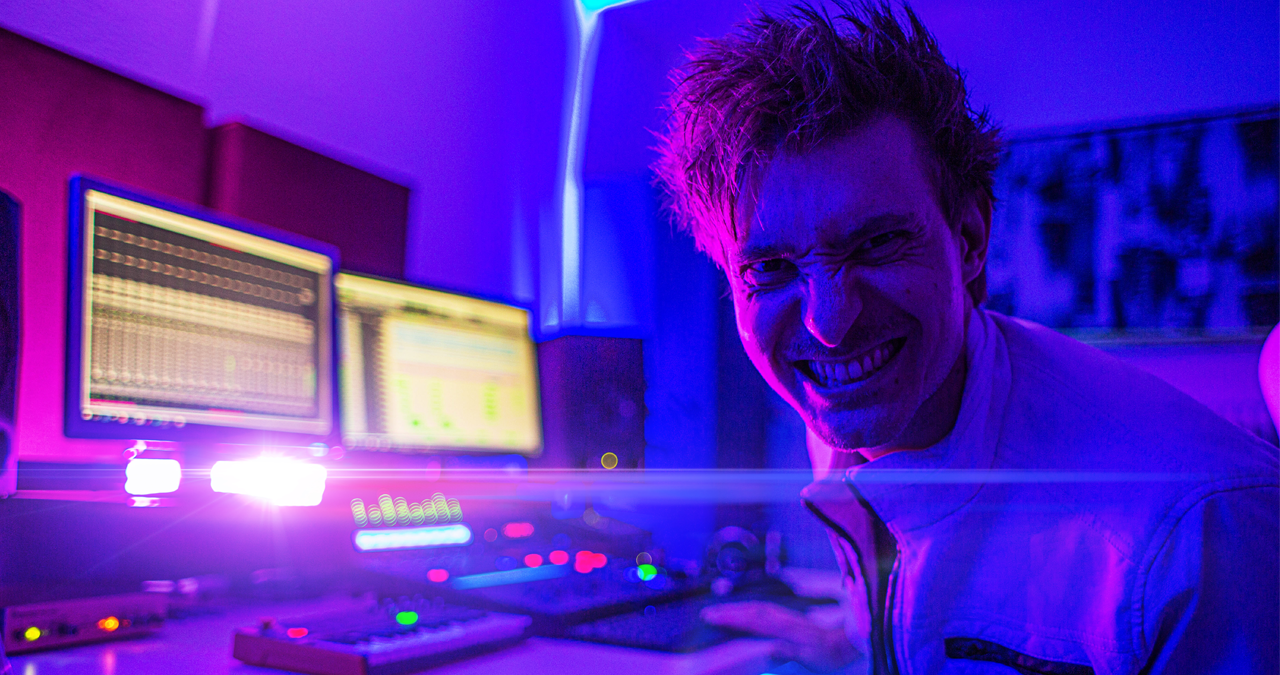
Caspar at Baby Audio believes people are looking more for inspiration in their plugins, which he sees as taking on more creative roles in music production than before. “Plugins have become a more centralized part of the creative songwriting process,” he says. “People are looking for plugins that are less advanced and surgical and more 'inspirational' and 'directional' for changing the creative path of a track they're working on.”
Looking forward, Tobias sees such plugins as the future, ones that encourage creativity but in a focused way. “We believe the tools that will shape the future are those that genuinely support creative expression, not just offer endless possibilities,” he says. “Great design should guide the user forward, helping the user reach a meaningful outcome without getting lost in constant tweaking.”
As more beginners and hobbyists try their hand at music production, we’re likely to see these trends of ease of use and intuitiveness continue.
Clara Venice would like to see plugins that cater even more to beginners and hobbyists, people for whom sound itself is part of the enjoyment.
“For example, what if there was a plugin, you could open it up, put in your birthday, and it would generate a sonic birth chart for you?” she suggests. “What's the easiest way possible, and the most seamless way to get more people interested?”
She also envisions plugins with more visually compelling designs, ones that translate well to social media sharing sites like TikTok. “If you're a musician, you have to be able to translate your work into visuals so that you can put them online so that you can find your audience,” she notes.
By far, though, most of the people that we spoke with cited AI as playing a significant role in the future of music software across the board.
“Obviously, the AI situation is going to disrupt the whole industry,” says Dom at Mixing Night, who envisions AI becoming a driving force, with “AI tools that take away more of the manual labor and give you more security in the choices that you make.”
It could also have effects across the market, unifying results. “It will reinforce itself by putting the sonic standard out there,” he foresees, “and then more and more people create the same sonic standard with it, which reinforces that sonic standard. And at one point, it's just like Autotune. If you want your music to sound modern, you have to use that tool because that's what everything sounds like.”
Alexander, however, worries that AI may encroach even further than that, removing the need for plugins altogether. “The real question is,” he asks, “who will buy these plugins, and for how long? My biggest fear is that the sense of satisfaction from making something creative yourself will be replaced with the same sensation from just pressing a button - and getting a result in seconds.”

Colton Tollett sees a rosier future, one where AI is deeply integrated into music production plugins but in a way that is neither dehumanising nor anti-creativity, much like general music-making software is now.
“You can't discuss the future of plugin UI and workflow without mentioning AI,” he says. “The technology will become increasingly refined and, when done well, invisible to users.”
He goes on to describe a scenario where AI no longer exists as a kind of prompt-based chatbot “but rather (as) highly context-aware systems that seamlessly integrate into user workflows.”
He continues: “Imagine loading up a synth in your project: an audio engineer agent evaluates stems and processes them based on real-time feedback analysis and personalised mix history," he speculates.
"Then, it generates a minimalist synth UI, exposing only the necessary controls relevant to your preferences and track context. You'll find effects already chained, LFOs routed, and macros mapped with precision. From there, you can perform, create, and refine the sounds to your taste. Your only task is to shape the sound, not dive through menus. On-device AI introduces a new world of focused creativity that maximises accessibility, increases privacy, and significantly reduces usability challenges that get in the way of inspiration and performance.”
Whatever the future of plugins ends up becoming, its clear from the people we've spoken to, that developers and designers will continue to prioritise the creative flow of the music-maker above all else, albeit under a snazzier hood.
Adam Douglas is a writer and musician based out of Japan. He has been writing about music production off and on for more than 20 years. In his free time (of which he has little) he can usually be found shopping for deals on vintage synths.
You must confirm your public display name before commenting
Please logout and then login again, you will then be prompted to enter your display name.
